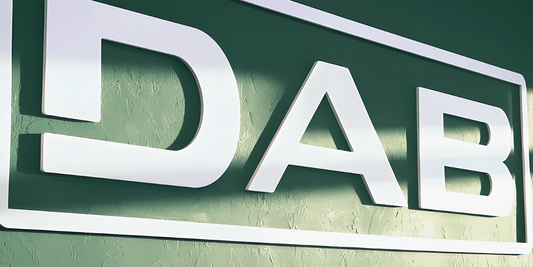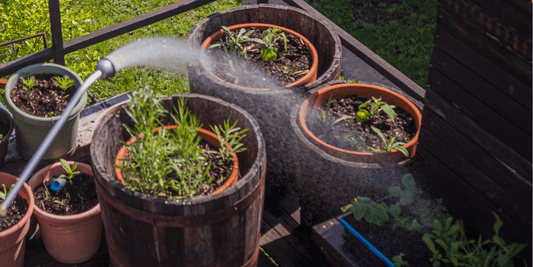
Resin Jointed vs. Heat Shrink Jointed Borehole Pump Cables: Key Differences and Considerations
Share
When installing a borehole pump, ensuring a secure and waterproof connection between cables is crucial for long-term performance and reliability. Two common methods for joining borehole pump cables are resin joints and heat shrink joints. While both techniques serve the purpose of sealing and protecting the electrical connection, they have distinct differences in application, durability, and overall effectiveness. This blog post will compare these two methods to help you choose the best option for your borehole pump installation.
What is a Resin Joint?
A resin joint is a method of encapsulating the cable splice in a specially formulated resin compound. The process involves placing the cable joint inside a mould or casing, mixing the resin, and pouring it into the mould. Once the resin cures, it forms a solid, watertight, and mechanically strong enclosure around the joint.
Advantages of Resin Joints:
- Superior Waterproofing: The resin fully encases the joint, providing excellent protection against water ingress, making it ideal for deep or high-pressure boreholes.
- High Mechanical Strength: Once cured, resin joints provide robust mechanical support, reducing the risk of joint failure due to tension or movement.
- Long-Term Durability: Resin joints are resistant to chemical degradation, moisture, and temperature fluctuations, offering a long lifespan.
Disadvantages of Resin Joints:
- Longer Installation Time: The resin requires time to mix, pour, and cure properly before the cable can be put into service.
- Messy Application: The process involves handling liquid resin, which can be messy if not done carefully.
- Non-Reversible: Once set, resin joints are permanent and cannot be reworked or adjusted without cutting the cable.
What is a Heat Shrink Joint?
A heat shrink joint involves the use of heat shrink tubing with an inner adhesive lining that melts when heated. The tubing is placed over the joint, and heat is applied using a torch or heat gun, causing the tubing to shrink tightly around the connection while sealing it with the adhesive.
Advantages of Heat Shrink Joints:
- Quick and Easy Installation: Heat shrink joints require minimal preparation and cure time, making them a faster option.
- Neater Application: No need for mixing or pouring liquids, reducing mess and waste.
- Some Flexibility for Repairs: If needed, heat shrink joints can sometimes be removed or redone more easily than resin joints.
Disadvantages of Heat Shrink Joints:
- Less Effective Waterproofing: While heat shrink provides a strong seal, it may not be as completely waterproof as resin in extreme conditions.
- Susceptible to Mechanical Stress: If the joint is subjected to excessive tension or movement, heat shrink tubing may crack or loosen over time.
- Heat Application Risks: The use of an open flame or high heat can pose safety risks if not handled properly.
Which Jointing Method is Best?
The choice between resin jointing and heat shrink jointing depends on the specific requirements of your borehole pump installation:
- For deep or high-pressure boreholes, where absolute waterproofing and long-term durability are essential, resin joints are the preferred option.
- For shallow or temporary installations, where quick setup and ease of application matter, heat shrink joints may be more practical.
- If mechanical stress is a concern, resin joints offer superior resistance, whereas heat shrink joints may be vulnerable to strain.
Final Thoughts
Both resin and heat shrink jointing methods have their place in borehole pump installations, and understanding their differences will help you make an informed decision. If reliability and waterproofing are your top priorities, resin joints are the best bet. However, if you need a quicker, simpler solution with some flexibility for future adjustments, heat shrink joints may be the way to go.
Regardless of the method chosen, proper installation by experienced professionals is key to ensuring a secure and lasting cable connection for your borehole pump.



